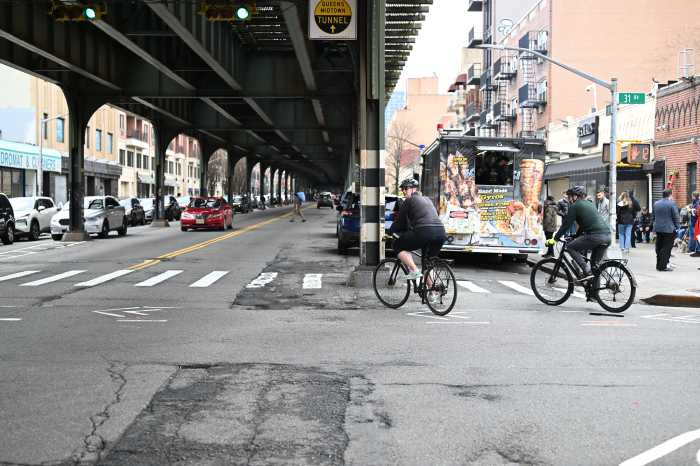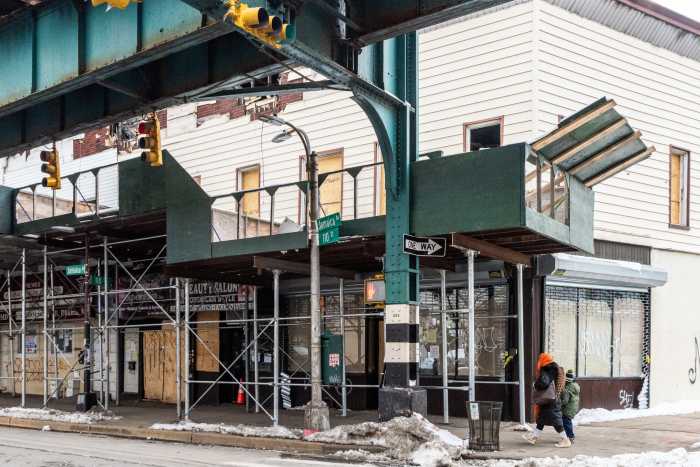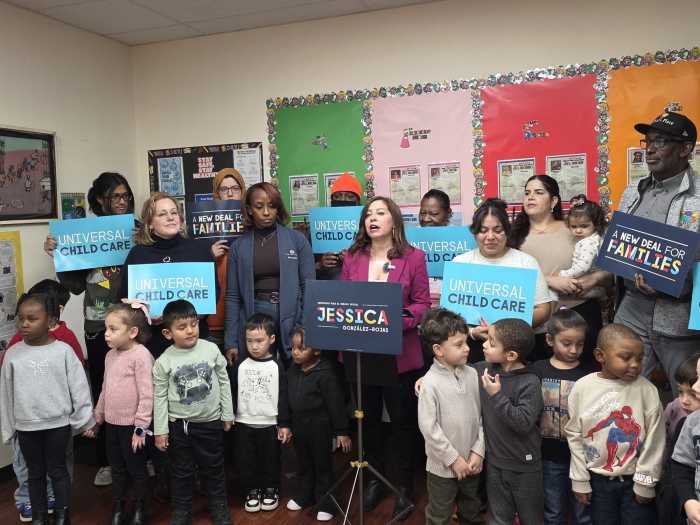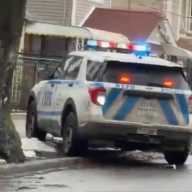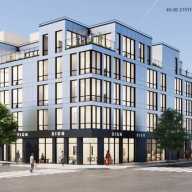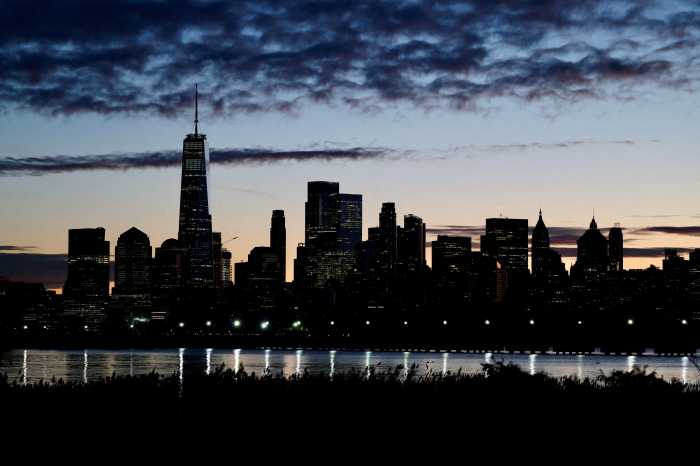A residential street in Bayside was closed on Monday evening to accommodate the substantial crowd of local residents, including some who traveled from southeast Queens to protest the City of Yes initiative.
In northeast Queens, elected officials and residents gathered once again to make a strong statement in opposition to the plan’s housing component, which seeks to build “a little more housing in every neighborhood” by reducing zoning restrictions. The residents say the planned changes are anything but modest—despite city officials claiming otherwise.
The mayor’s administration argues that increasing each neighborhood’s density is necessary to respond to the current housing crisis and will not change the character of each area. However, critics of the proposal, particularly homeowners who reside in more suburban areas, say the broad-stroke approach attacks their way of life and would adversely alter their neighborhoods.
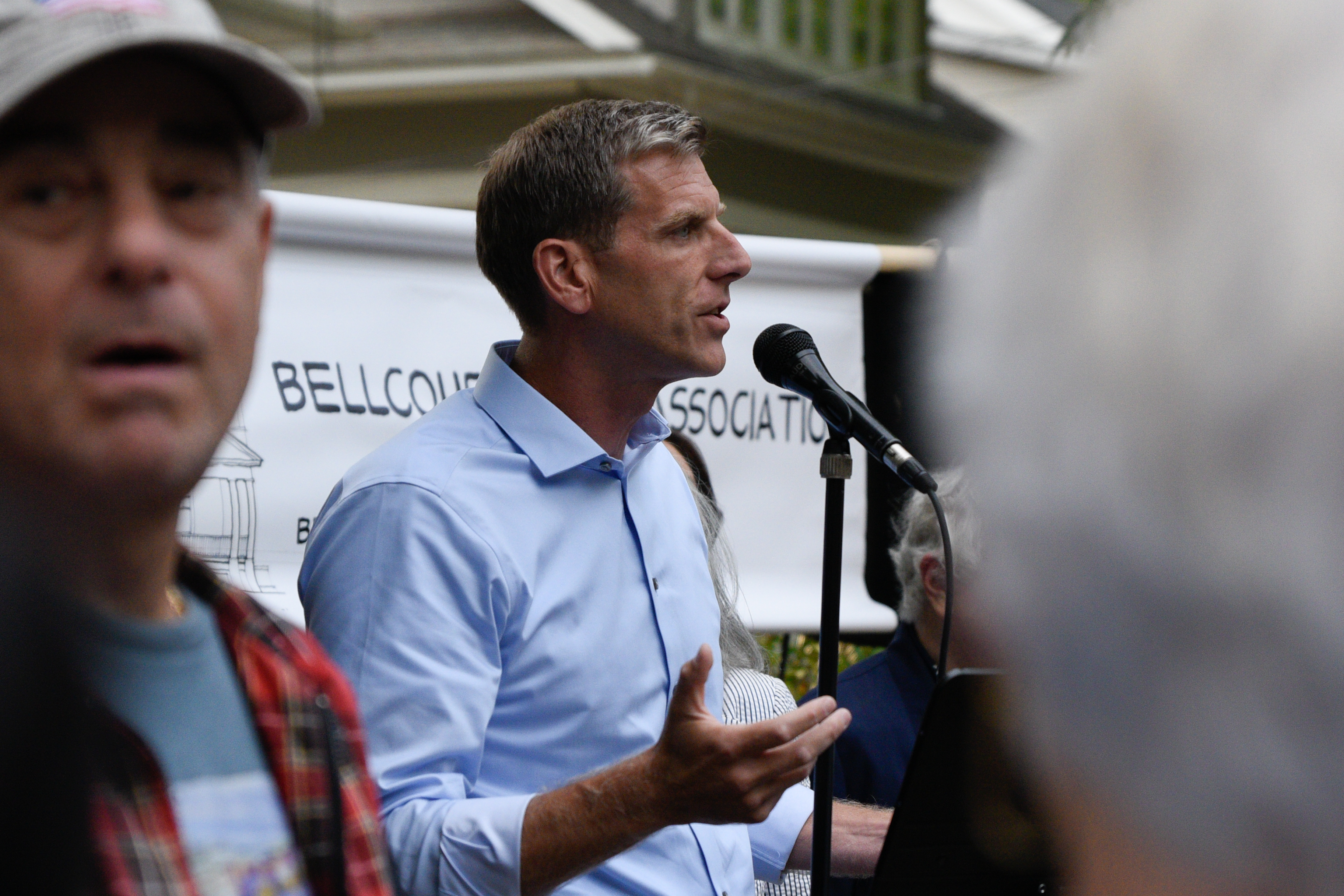
“We’ve chosen this neighborhood to illustrate the problem. We know that our neighborhoods can’t handle this increase in density,” said Assembly Member Ed Braunstein. “Can you imagine on every corner, we’re going to have a 3-story apartment building. And then every single house here will have an 800-square-unit mini house built in their yard. Can you imagine what the parking would be like in this community if we more than doubled the amount of people living on every block.”
Over 100 local homeowners rallied with signs on 212th Street and 38th Avenue in the Bellcourt section of Bayside. The area falls within one of the proposed Transit-Oriented Development zones, regions within a half-mile of public transportation where 3-5 story apartment buildings would be “re-legalized.” The change also aims to limit the need for car ownership.
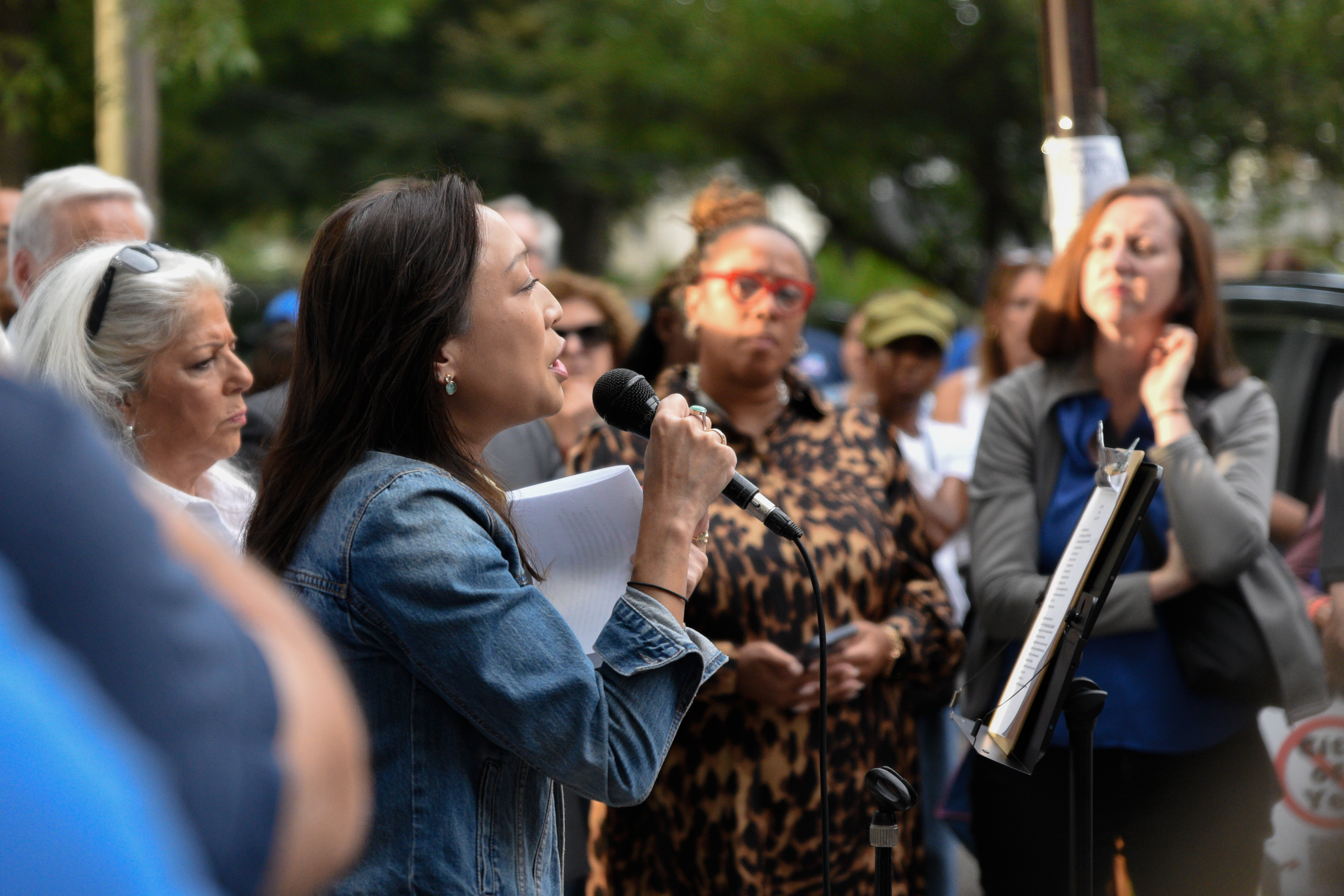
The City Planning Commission is scheduled to vote on the plan on Sept. 25. Then, there will be a 50-day modification period before the full city council puts the proposal up for a vote.
“This is a sledgehammer solution which really requires a scalpel. Every neighborhood is different, and you cannot treat this like a one-size-fits-all solution,” said Council Member Linda Lee.
Lee and Bayside Council Member Vickie Paladino were early critics of the plan and have said they will not vote for the City of Yes.
“They are ramming this through like a freight train. This is a calculated effort to destroy the character of our districts. No one is immune,” said Paladino.
When the City Planning Commission presented the plan to every community board earlier in the year, 12 out of 14 boards in Queens voted against it. The communities supporting the plan reside in the more urban areas of western Queens, where significant housing growth is already underway.
“We have apartments in downtown Jamaica that aren’t even filled yet, and we’re still pushing the City of Yes. Fill those apartments first,” said Rev. Carlene O. Thorbs, Chairperson of Community Board 12 in southeast Queens.
In addition to building apartment buildings among single-family homes, a major component of the plan will allow Accessory Dwelling Units (ADUs), which could be basement, attic or garage apartments, to be added to existing properties. The plan also eliminates parking mandates for new construction and prioritizes building around train stations.
Several elected officials pointed out that they thought the fight against rezoning was over after successfully defeating a similar housing proposal introduced by Gov. Kathy Hochul last year. And longtime residents of eastern Queens said this plan reminded them of another citywide rezoning plan almost two decades ago.
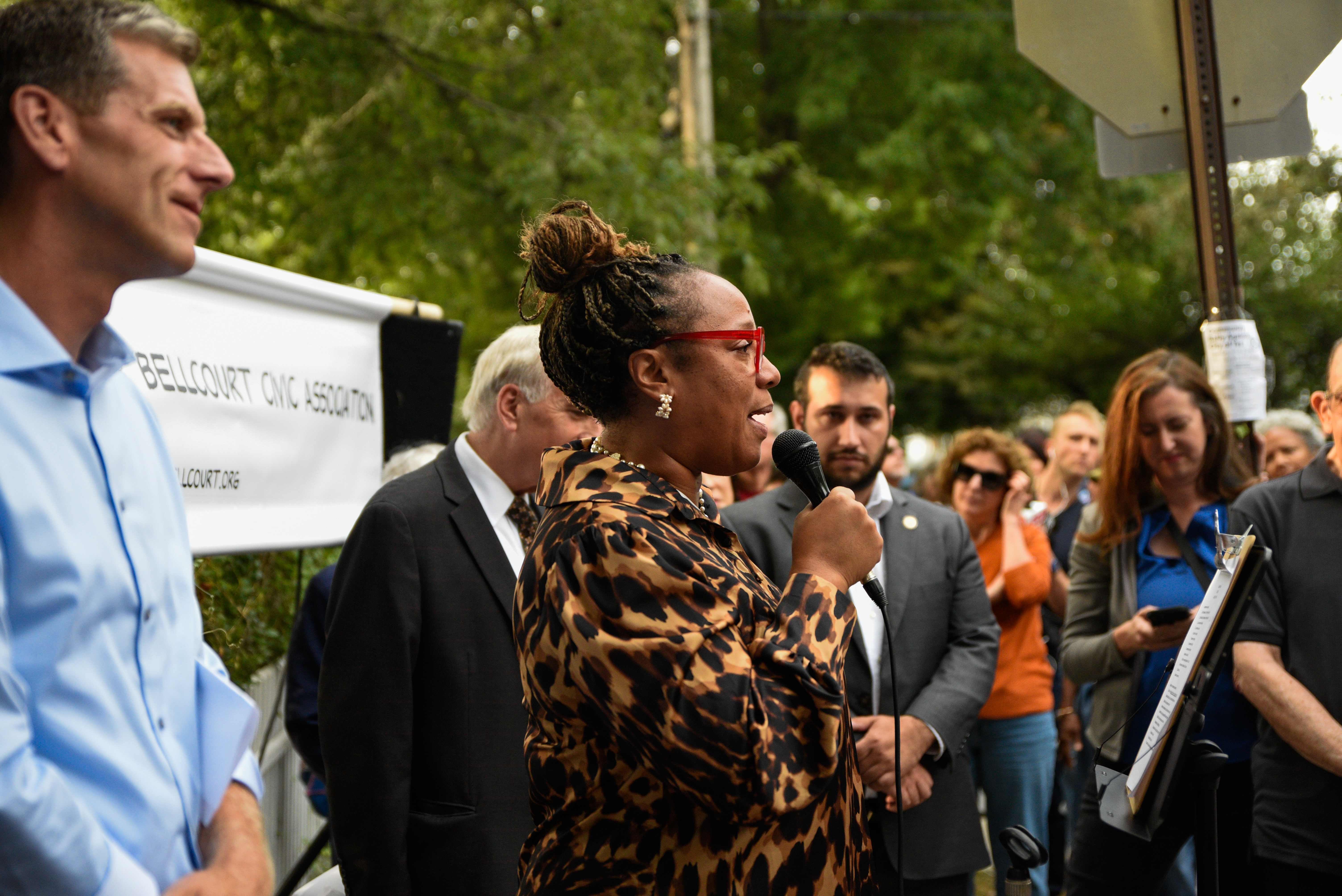
In 2005, Bellcourt was zoned R2A, which limits new construction to single-family homes of a specific size. Commercial areas like Bell Boulevard and Northern Boulevard were rezoned to R6B, permitting apartment buildings up to six stories to be built.
“When they said we’re going to upzone certain parts and we’re going to protect your neighborhood, we accepted that because they protected our homes with R2A,” said Community Board 11 Chairperson Paul DiBenedetto. “Now they came back and they’re gonna tear it all down.”
A Fresh Meadows resident and member of Community Board 8 evoked a similar sentiment to QNS after the rally when recalling past rezoning: “We were guaranteed that we would be protected.”
“I’ve been living in my house for 46 years, and it’s at risk of being destroyed,” said Maria DeInnocentiis. “Why should I have to leave for a developer to make money.”
Paul Graziano, a city planner who has been attending community board and civic group meetings to inform residents of the plan’s potential impact, also spoke at the rally.
“There’s at least 1,500 units that can be built on Northern Boulevard tomorrow. We built in those areas for growth to protect what we have outside of that,” said Graziano.
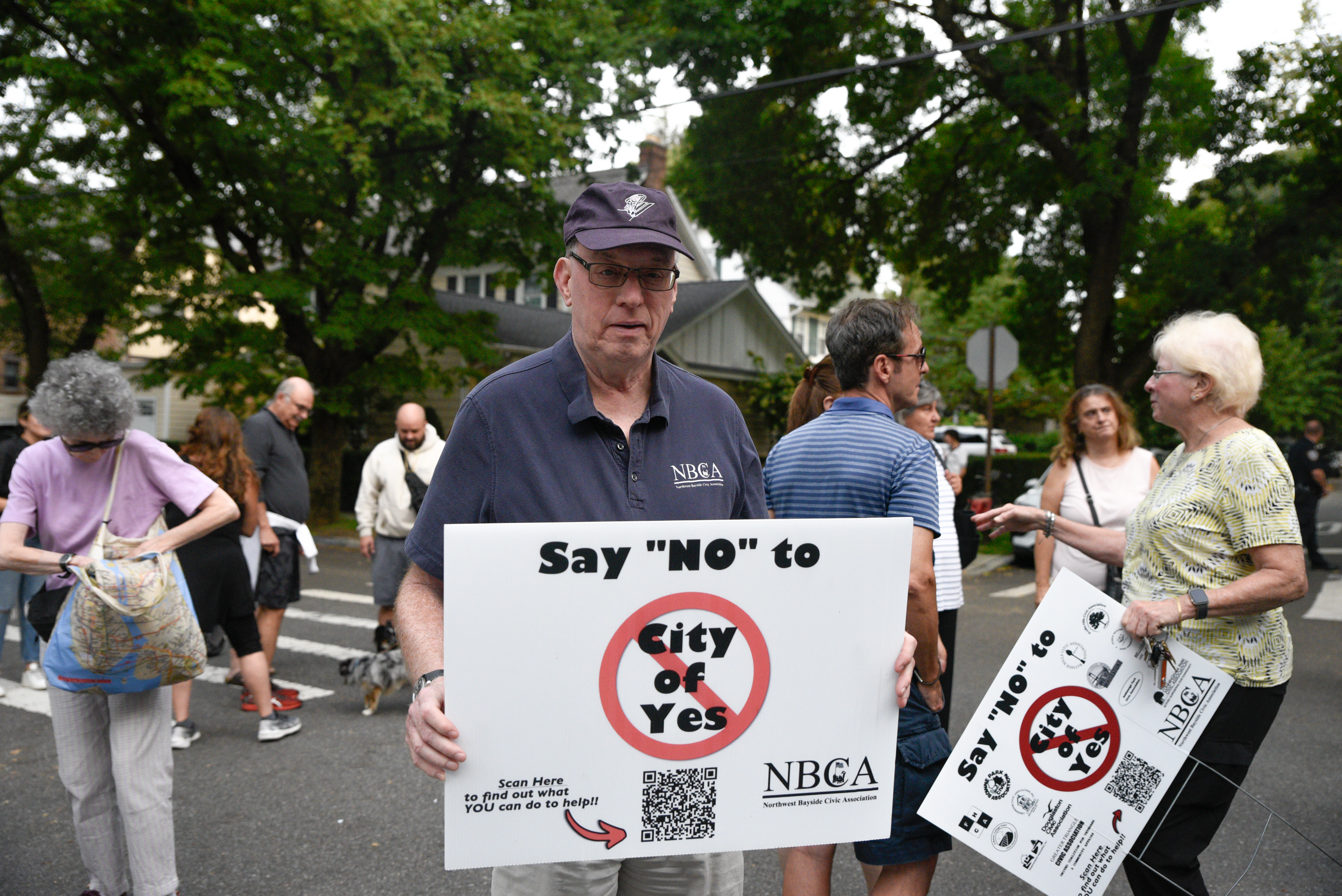
He says that the population density would almost double if the current R2A zoning of a neighborhood like Bellcourt were thrown out. Bellcourt has 420 homes, only 50 of which are two-family. Graziano said the number would rise to 900 units, generated with just the transit-oriented development component and not including potential ADUs.
Some officials point out that the Uniform Land Use Review Procedure, known as ULURP, would cease to exist under the plan. Rezoning decisions currently fall to the community boards and city council members.
“There will be no ULURP. There will be no community input. Everything will be done behind closed doors. But they will meet with the developers because this is a gift to the developers,” said Warren Schreiber, who heads the Queens Civic Congress.
He added in a statement, “Residents should have a meaningful say in the developments that affect their neighborhoods, and sidelining their voices erodes public trust in our government.”
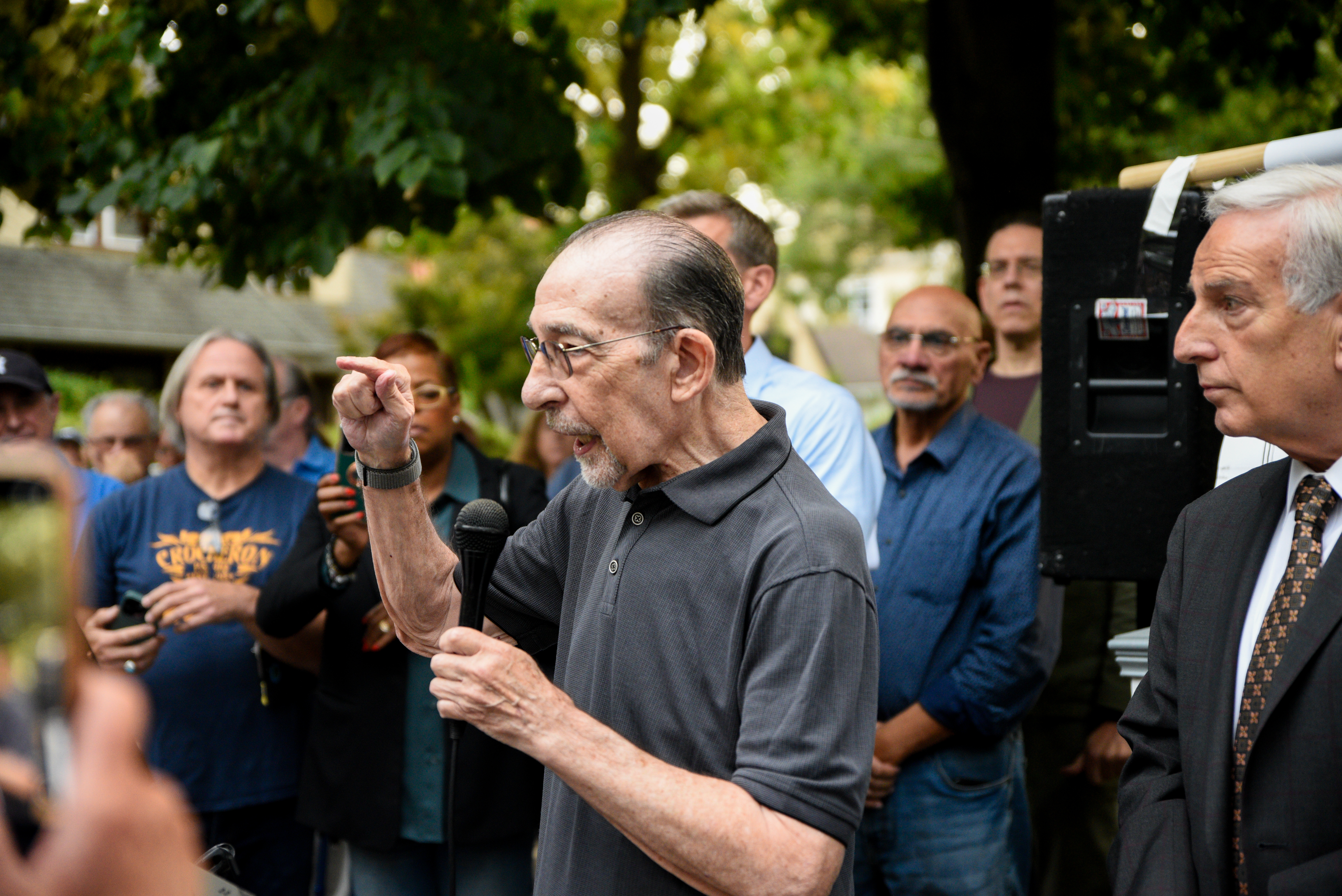
Even the area’s congressional representatives have expressed opposition to the plan. Rep. Tom Suozzi sent a representative in person to deliver a statement opposing the plan, and Rep. Grace Meng shared a written statement.
“While I agree that there is an urgent need to expand affordable housing, we cannot do this without the input of Queens residents,” shared Meng. “There is no one-size-fits-all approach to managing the housing crisis across our city and we need solutions that will allow input from City Council Members and local elected officials to address the unique needs of each community.”


